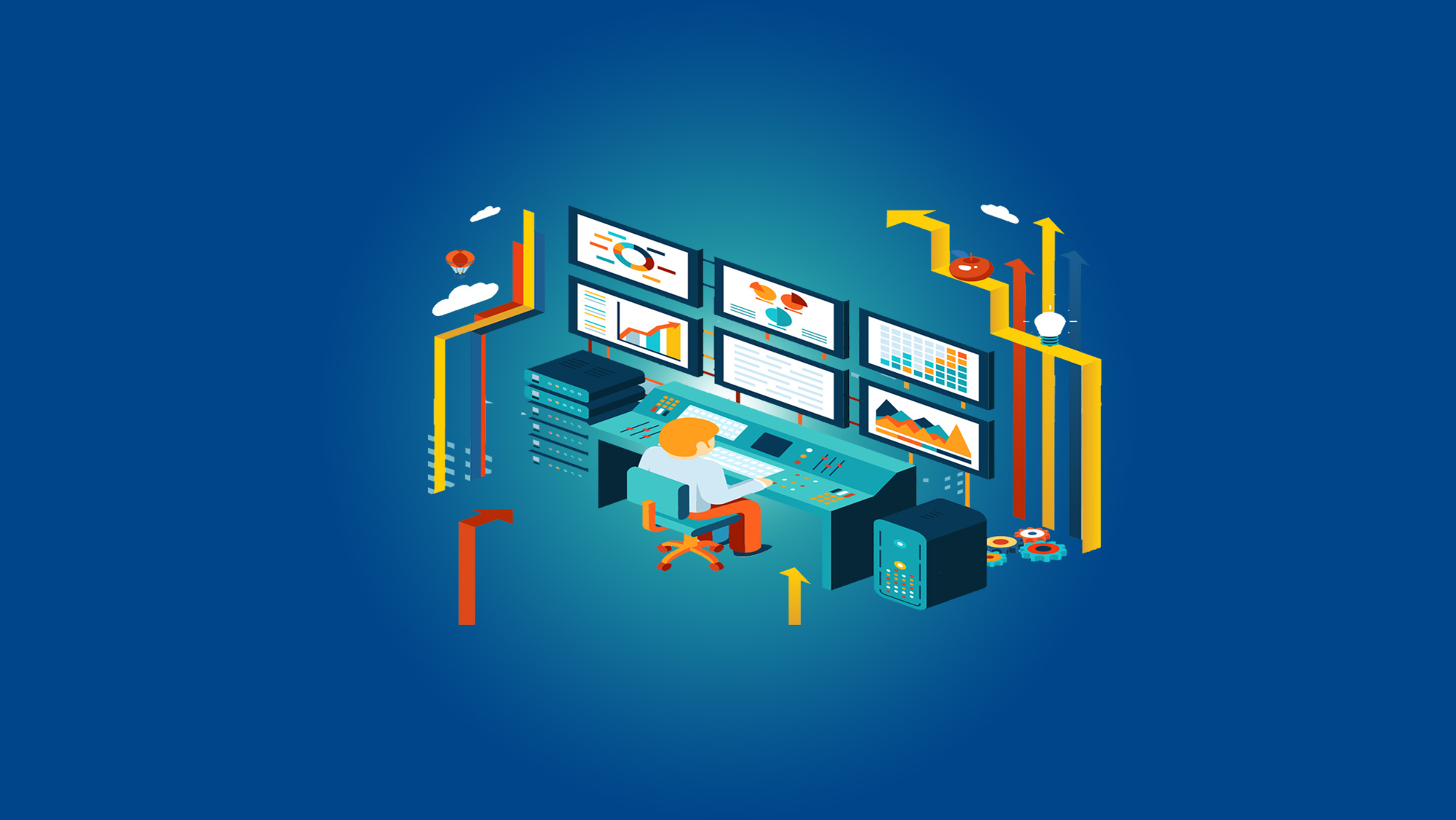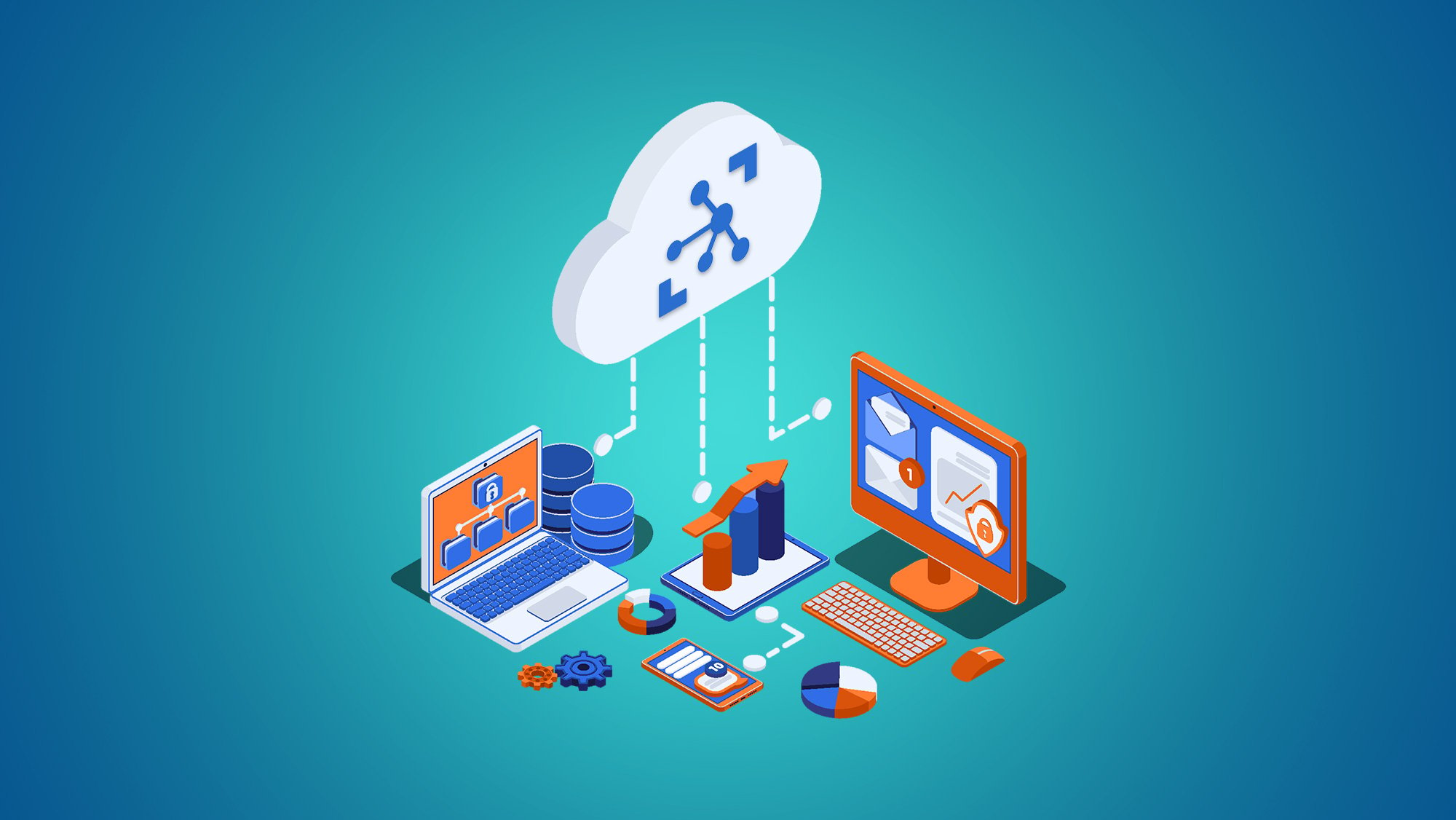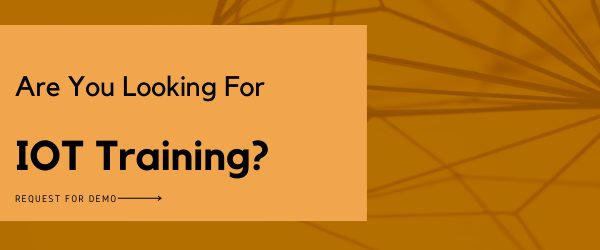We survive in the world of hyper-connection and we require anything and we demand to have it instantly. That is why it is increasingly important to build innovative services that give a swift resolution and differential benefit to the customer.
You will agree with the point that it is indeed a herculean task to build a complex application, more so when it concerns the use of IoT hardware and software. But, you have sufficient opportunities that appear in the form of development kits and tools that will assist you to come up with the greatest practices to build an IoT solution.
Surely, IoT is the latest buzzword that is rounding in the internet-driven space. Going by the numbers, in 2015, there existed 15.41 billion IoT connected devices which should now be expanded to 26.66 billion and it is expected to surpass 75 billion devices by 2025. Majority of these devices are used in the healthcare industry or business/corporates and manufacturing industry.
Moreover, to kindle this progressive trend, a host of Internet of Things solution providers are busy creating software and hardware designs that will help developers come up with novel IoT applications and devices.
Here are some top-class IoT development tools that can be applied by both developers and for all those who want to pursue IoT as a hobby.
1. Eclipse IoT:
As an IoT developer, if you are intended to build IoT devices, Cloud platforms, and Gateways, then Eclipse IoT can be your top chance. Acknowledged as a collaboration of numerous companies and individuals who are striving towards the development and demonstration of IoT open technologies, Eclipse IoT can make all your IoT desires come true.
Empowering you to improve, promote and adopt open source IoT technologies, Eclipse IoT is an instrument that can assist you to gain technical expertise. Just look into the huge assembly of services and outlines delivered by the Eclipse team and you are all incorporated.
2. Node-RED:
Node-RED is an uncomplicated open-source visualization tool for the combination of devices for the Internet of Things. The tool, developed by IBM’s Emerging Technology department, enables you to link, hardware, an API or online service. Node-RED renders a user-friendly interface for developers to connect devices efficiently and swiftly. Node-RED is developed on node.js, a server-side JavaScript platform extensively used in IoT projects and also can be operated in the cloud.
Node-RED could be applied, for example, for the creation of a chat application using the Bluemix environment, the IBM cloud platform to develop, manage and execute applications of all kinds.
3. Arduino:
If you are looking to build a computer that can sense and execute a better command over the real world when associated with your normal stand-alone computer, the Arduino can be your smart choice. Offering a comprehensive mixture of IoT hardware and software, Arduino is an open-source prototyping and simple-to-use IoT platform. Arduino runs through a set of hardware stipulations that can be implemented to interactive electronics. The software of Arduino appears in the form of the Arduino programming language and Integrated Development Environment (IDE).
4. Tessel 2:
This is a hardware provider that can be utilized to build fundamental IoT solutions and prototypes. Tessel 2 lends a helping hand through its copious sensors and modules. This is a board which can handle up to a dozen modules including the RFID, camera, GPS and the accelerometer.
All those Java developers who are expert with Node.JS can utilize this device as Tessel can be processed using Node.JS. This way, Tessel can be managed to churn out a host of server and hardware firmware IoT solutions. Marked as a robust IoT platform, you can leverage all the libraries of Node.JS to reveal a host of devices; within a concern of minutes. It occurs with two processors, the Tessel hardware makes use of a 580MHz MediaTek MT7620n and 48MHz Atmel SAMD21 coprocessor. While one can be utilized to run your firmware applications at an accelerated speed, the other gains its use in executing better input/output control and the efficient administration of power.
5. Kinomo Create:
It is a device which can join two devices without the widespread knowledge of JavaScript. Kinoma Create comprises of everything which is necessary for growing small IoT applications like connecting light, temperature or movement sensors for a special purpose with mobile notifications in case of any modifications. It has been extensively used for developing a synthesizer, a camera trap which takes a photo if an object disturbs the laser beam and a programmed alarm signal for warning individuals in case of any circumstances.
6. OpenSCADA:
This tool is a portion of the SCADA project by Eclipse IoT industry groups. It is independent of any platform and is known for security and extensibility along with a contemporary design. OpenSCADA also manages to edit and debugging and appears with front-end applications, back-end applications, libraries, configuration tools, and interface applications. Its diverse tools can be consolidated with the evolution of high-level IoT applications. Unlike other IDEs, OpenSCADA supports several programming languages and consists of sub-projects like Atlantis, Utgard, Orilla and so on.
7. Raspbian:
This IoT IDE is designed for Raspberry Pi board by IoT tech enthusiasts. With over 35,000 packages and various examples accompanying accelerated installation with the use of pre-compiled software makes it an essential IoT development tools. Frequently, it is considered as an excellent tool for Raspberry Pi for IoT app development. Another best part regarding this tool is that it is below constant development and has extended the reach for computing so that users can obtain supreme benefits.
8. Device Hive:
Device Hive was launched in 2012 which is a free open source machine to machine (M2M) communication framework. It is recognized as one of the most favored IoT app development platforms. It is usually a cloud-based API that you can manage remotely without the lack of network configuration. The same implies to the libraries, gateways and administration protocols. Often, it is used for security, automation, smart home tech, and sensors. Additionally, it also holds a dynamic community and myriads of online resources accessible to help you out.
9. PlatformIO:
Succeeding in the list of top IoT development tools and platforms in PlatformIO which is a cross-platform IoT development environment. This platform comes with a build system, held by a library manager and IDE. You have an option to port the IDE on the head of the Atom editor or you can go forward and install it as a plug-in.
The best portion of PlatformIO is that it is compatible with more than 200 boards. Coming with an excellent debugging combination, PlatformIO is important of a serial port monitor. All those who are applying PlatformIO consistently reveal one feeling and that is – “ PlatformIO speeds up the development process of an IoT application, equipping us to deliver IoT solutions in record time”.
10. IBM Watson:
Last in the listing of top IoT development tools, but surely not the least is IBM Watson, an API that enables you to append a host of cognitive computing highlights to your IoT applications. This is an innovative tool that can further be applied to predict the future.
Interpreting the tasks of IoT developers, IBM Watson through its infinite services serves to reveal chatbots which can understand the original language. These chatbots can later be expanded on to messaging platforms and websites which can be observed on several devices. It is by IBM Watson that IoT developers can successfully and quickly build cognitive search and content analytics engines.
Summary:
We live in the internet era where we can get anything and everything when we require it. This is where the Internet of Things comes in picture. It has the capacities to combine different devices all concurrently which can make human lives much easier. Because of this, the exponential growth in IoT devices is recognized making it an indispensable technology of the future. By these innovative tools, developers and all those who fascinate IoT can stay ahead of their times by growing a contributing part of the latest technology standard shift.
You May Also Like
These Related Stories

Everything You Need To Know About Azure IoT Training

Top IT Training Trends to Watch Out For in 2017



No Comments Yet
Let us know what you think